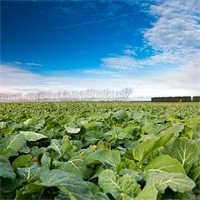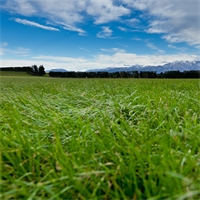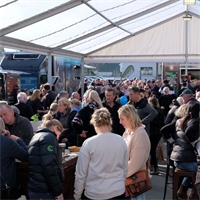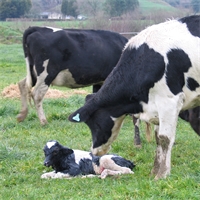26Nov
Controlling twitch prior to pasture renewal
WORDS & IMAGES SUPPLIED BY PGG WRIGHTSON SEEDS
Over time productive pasture species including ryegrass, cocksfoot, tall fescue and clovers will slowly be replaced by less productive grass species and broadleaf weeds. When this happens both pasture production and quality are reduced, ultimately having a negative impact on both production and animal performance.
Pasture renewal offers opportunities to control weeds before re-establishing productive pastures. For this to be done successfully, correct weed identification and control is required. A common grass weed that is often not successfully controlled is twitch.
When twitch is identified in paddocks targeted for pasture renewal, a plan for control is required. Glyphosate should be applied to actively growing twitch plants with three to four leaves, this ensures there is sufficient leaf area for glyphosate and translocation of the herbicide within the plant.
Often late winter sprays prior to spring cropping are ineffective as there is little translocation of herbicide to the root and rhizome system. Ultimately survival of twitch within a new pasture will reduce the longevity and dilute the feed quality.
For paddocks with significant twitch problems the best control will be achieved by spraying two autumns in a row. To achieve this, it is recommended to spray out the paddock with glyphosate in mid February and drill the paddock into a break crop of short-term ryegrass.
Supercruise Italian ryegrass is an excellent option for this process offering rapid establishment and outstanding annual dry matter yield. Often farmers are concerned about the negative impact of pasture renewal on feed supply. As seen in Figure One, Supercruise Italian ryegrass offers increased pasture growth over perennial ryegrasses rates for 18–24 months. Increased winter activity and a rapid establishment speed means there is often minimal impact of average pasture covers.
Supercruise offers cool season and early spring growth (coinciding with key times of feed deficits) and gives grazing management options in wet conditions, where it can be treated as a sacrifice area enabling permanent pastures to be protected.

Figure One: Average pasture growth rates of Supercruise (mean of two years) and perennial ryegrass (mean of three years) in high fertility under partial irrigation measured in adjacent trials between 2016 and 2018 in Lincoln, Canterbury.
The following autumn the paddock can be sprayed out with glyphosate in February before sowing into permanent pasture. This second application of glyphosate provides a second opportunity to control twitch that survived the initial spray out.
If feed shortages, dry conditions or financial constraints mean the paddock cannot be taken out at the intended time, Supercruise can be expected to persist for up to two years providing flexibility in the renewal programme.
Ultimately a successful pasture renovation will generate more feed both in the short- term break crop and permanent pasture. If this extra feed is well utilised there is potential to greatly increase productivity.
For more information and advice on how Supercruise Italian ryegrass can be integrated into your pasture renewal programme contact your local Ruralco On-Farm Account Manager.
Related

As an essential nutrient for plant growth and development, nitrogen (N) is critical for increasing c...
Read More

There’s a convenient, cost-effective way to keep your nitrogen investment in the ground for plant u...
Read More

Spring once again has delivered a variety of weather conditions with mixed periods of cooler and the...
Read More

Making your own DIY couch pillow covers is a fun and rewarding project allowing you to explore new s...
Read More

Ruralco’s 29th annual Instore Days has proved to be a great success despite cautious expectations l...
Read More

New Zealand’s not-in-calf rates are still sitting around 17% and the question is, can anything be d...
Read More